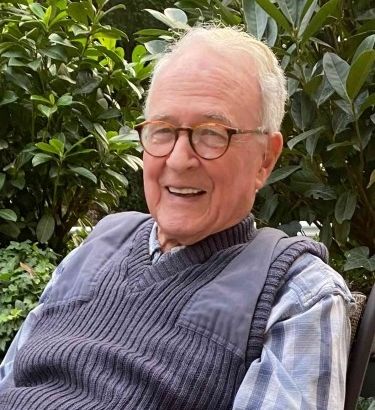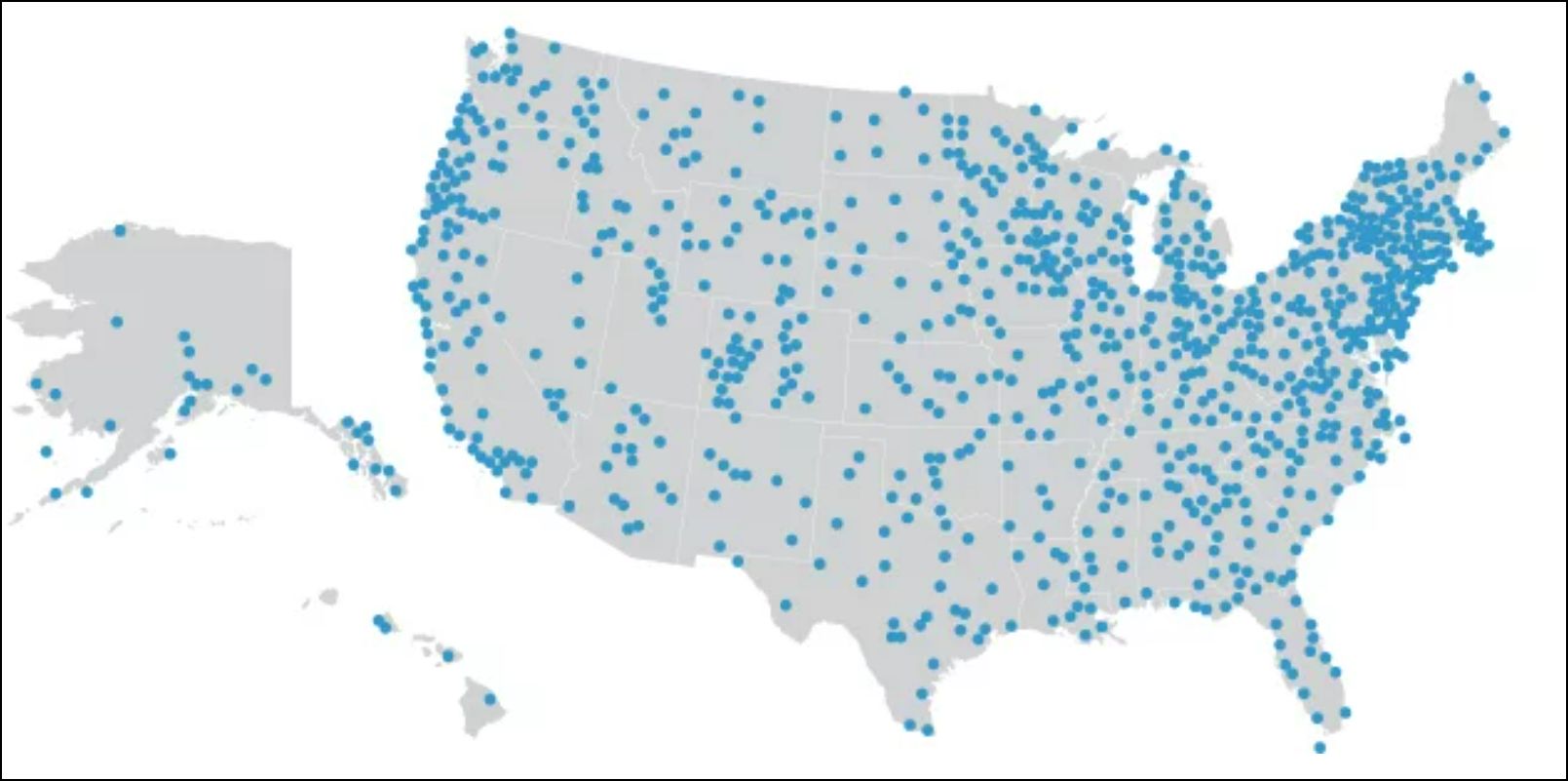Authors:
Historic Era: Era 10: Contemporary United States (1968 to the present)
Historic Theme:
Subject:
Winter 2024 | Volume 69, Issue 1


Authors:
Historic Era: Era 10: Contemporary United States (1968 to the present)
Historic Theme:
Subject:
Winter 2024 | Volume 69, Issue 1

Samuel C. O. Holt, the long-time chairman of American Heritage Publishing, passed away on October 11, 2023. He was the first to join me as a director and investor to save the 60-year-old magazine in 2007, after Forbes suspended its publication.
Sam was a legend in the broadcasting industry. He helped to create and define the public broadcasting system in the U.S. as the programming director of PBS for its first seven years. He was also the author of a landmark report that outlined strategies for creating the National Public Radio network and later served as its head of programming.
“If you now work in public radio, Sam Holt made your job possible,” wrote Ken Mills, Director of the Public Radio Oral History Project, recently. “In fact, he helped make the entire public radio system possible.”
Sam was born in 1936 in Alabama, where his family had interests in several radio stations. He studied European history at Princeton, playing wingback on the football team and working in the summer for CBS in New York. After graduating in 1958, he studied history at Oxford as a Rhodes Scholar and was a roommate of the future actor Kris Kristofferson. Sam enjoyed recalling how often young women would stop by their room to visit the charming musician and rugby player.
Sam joined WATV Radio in Birmingham in 1960 as a reporter and, within a few years, became president of the station, starting the first all-news/talk format in the South.
In 1967, he began teaching at Harvard and created a television-based course at WGBH-Boston. The young man impressed Hartford Gunn Jr., the president of WGBH, who hired him to direct a major study for the newly formed Corporation for Public Broadcasting.
It’s hard today to imagine what a different media environment existed in the 1960s. The small, local nonprofit stations around the country were unaffiliated with each other and usually broadcast classical music and educational programs to modest audiences.
Sam found that the nonprofit radio stations had an “utter sense of poverty” pervading them. Michael P. McCauley wrote in his book, NPR, that, “when station managers were asked about the first thing they would buy after securing new federal funds, the most frequently mentioned piece of hardware was a typewriter.”

Sam’s 1969 report recommended new strategies for funding, marketing, and other areas that became the basis for creating the National Public Radio network. He also suggested changes in radio frequencies to make FM radio more attractive.
“The release of the Public Radio Study was big news within the broadcasting industry,”